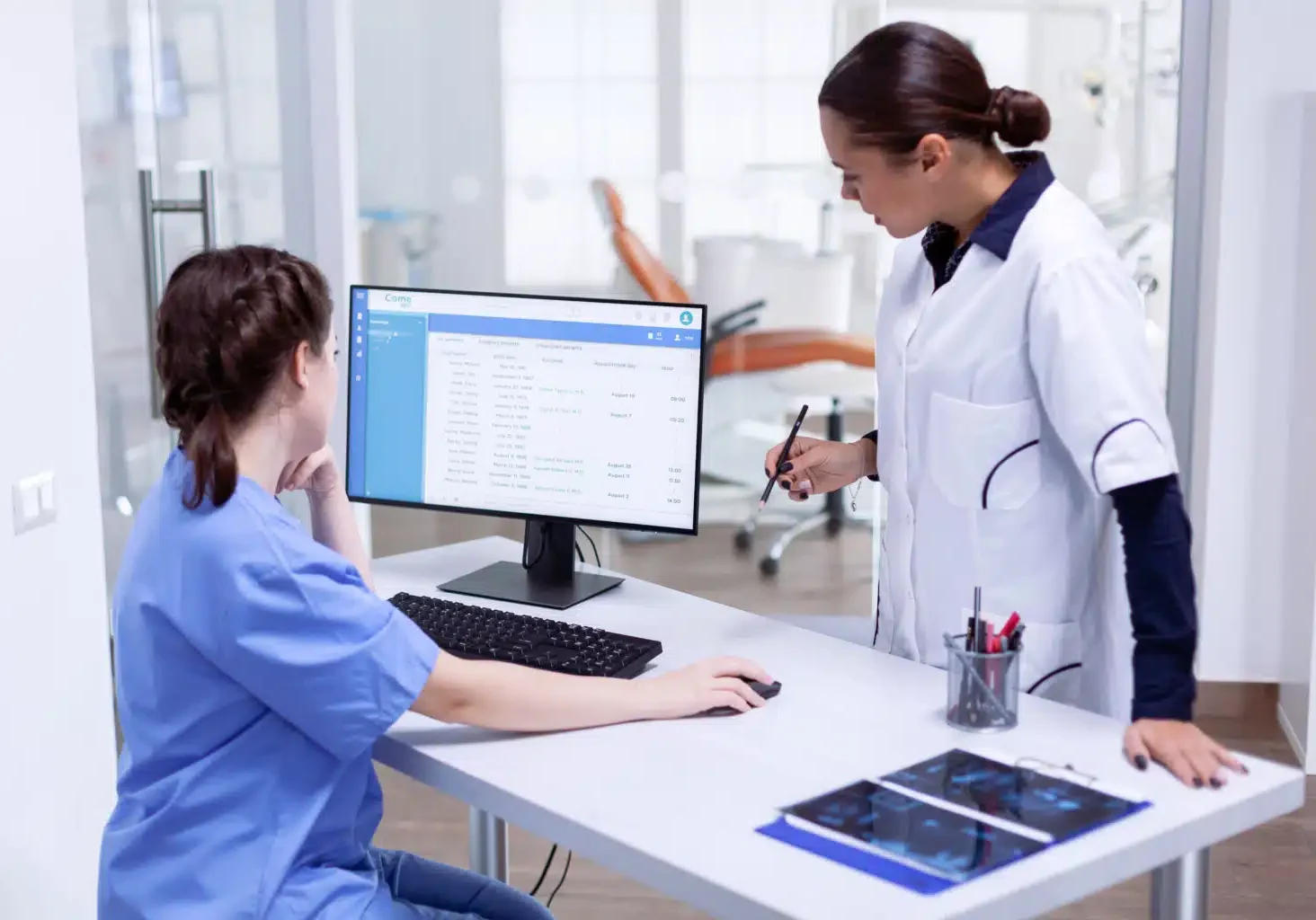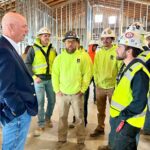New Medical Assistant School Opens in Great Falls to Address Workforce Shortage
18-week program partners with Open Door Medical Clinic for hands-on training as state projects 305 annual job openings
By Staff Writer
Aug 27, 2025
GREAT FALLS — A new medical assistant school opening in Great Falls next month aims to help address Montana’s documented shortage of healthcare workers, particularly in a field the state identifies as “undersupplied by Montana’s postsecondary system.”
Great Falls Medical Assistant School will begin its first 18-week program in September 2025, offering debt-free training for aspiring medical assistants at a time when the Montana Department of Labor & Industry projects 305 annual job openings for medical assistants through 2032.
The school, located at 2 5th Street North, represents a partnership between Zollege Management Inc. and Open Door Medical Clinic, where students will complete hands-on training and an 80-hour externship.
“We’re excited to expand into Great Falls with a medical assistant school that emphasizes hands-on training and job readiness,” said Chris Lofton, Chief Executive Officer at Zollege. “By reducing financial barriers and focusing on real-world experience, we’re helping students achieve meaningful healthcare careers close to home.”
Addressing State Workforce Needs
Montana’s healthcare industry employs over 74,000 workers, making it the state’s largest employing sector. The Department of Labor & Industry projects the state will need an additional 670 healthcare professionals annually through 2032, with over 6,000 healthcare job openings per year when accounting for turnover.
Medical assistants rank fourth among the top 10 healthcare occupations with the highest projected job openings, according to the state’s workforce analysis. The occupation is specifically listed among those “undersupplied by Montana’s postsecondary system,” along with nursing assistants, dental assistants, and licensed practical nurses.
The median wage for medical assistants in Montana is $40,130, according to state projections.
Partnership Provides Diverse Training
Students will train at Open Door Medical Clinic, operated by osteopath Dr. Melonie Parmley. The clinic provides primary care, DOT physicals, chronic condition management, and acute care services. It also offers specialized osteopathic manipulations, faith-based counseling, substance abuse treatment, and aesthetic services.
“Open Door Medical Clinic is dedicated to providing compassionate, accessible care to underserved individuals and families in the Great Falls community,” according to the clinic’s mission statement.
The diverse patient services at Open Door will expose students to various medical assistant responsibilities, from routine vital signs and patient intake to specialized procedures and administrative tasks.
Debt-Free Training Model
Great Falls Medical Assistant School emphasizes affordability, offering flexible payment plans designed to help students graduate without debt. Traditional medical assistant programs can cost tens of thousands of dollars.
The curriculum covers anatomy and physiology, neurology, healthcare ethics, and phlebotomy, along with patient care tasks including intake, vital signs, communication, and medication management. Students also learn administrative skills in billing, coding, electronic medical records, and office operations.
Upon completion, graduates are eligible to pursue the National Healthcare Association’s Certified Clinical Medical Assistant exam and receive both a CCMA certificate and a school completion certificate, plus a Basic Life Support certification.
Limited Enrollment Available
The school encourages early applications due to limited seating. Graduates will be qualified to work in outpatient clinics, hospitals, research facilities, and other healthcare settings.
Zollege operates more than 140 campuses nationwide in partnership with local healthcare professionals. The company was founded in 2010 to address growing demand for qualified dental and medical assistants.
Montana’s healthcare workforce has grown steadily over recent decades, with healthcare jobs increasing at an average annual rate of 2.1% since 2000, compared to 1.2% across all industries. However, recruitment and retention challenges persist, particularly following the COVID-19 pandemic’s impact on healthcare workers.
Don’t miss the week’s top Montana stories
Join readers across Montana who rely on WMN for independent reporting.
Unsubscribe anytime. Want to support WMN? Upgrade for $4/month →





